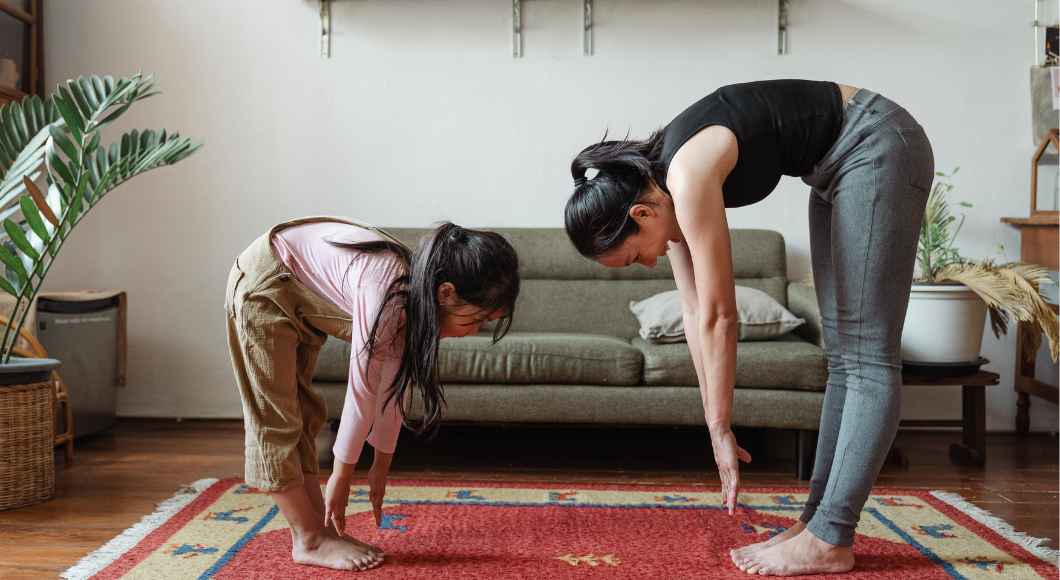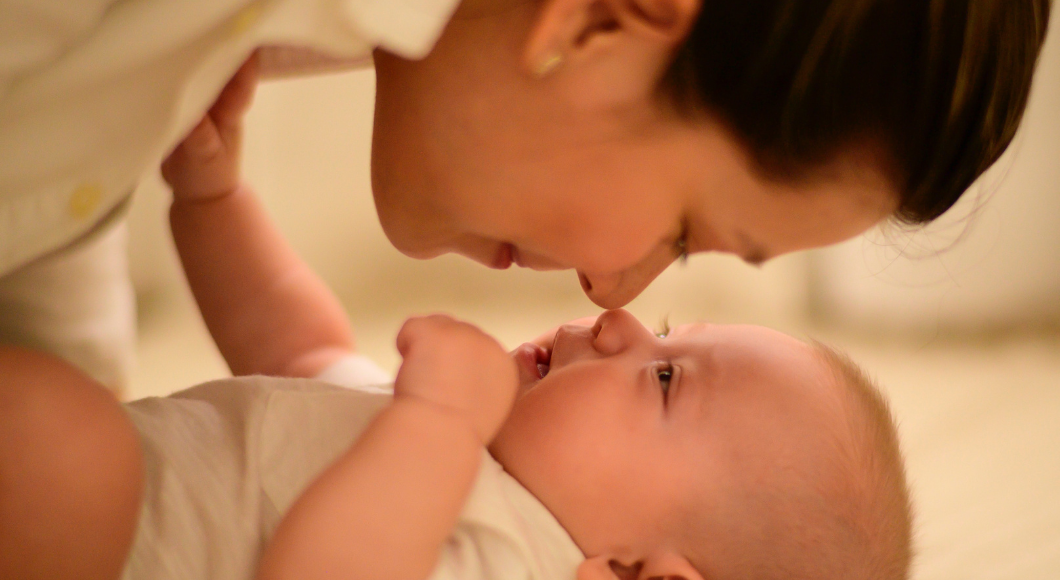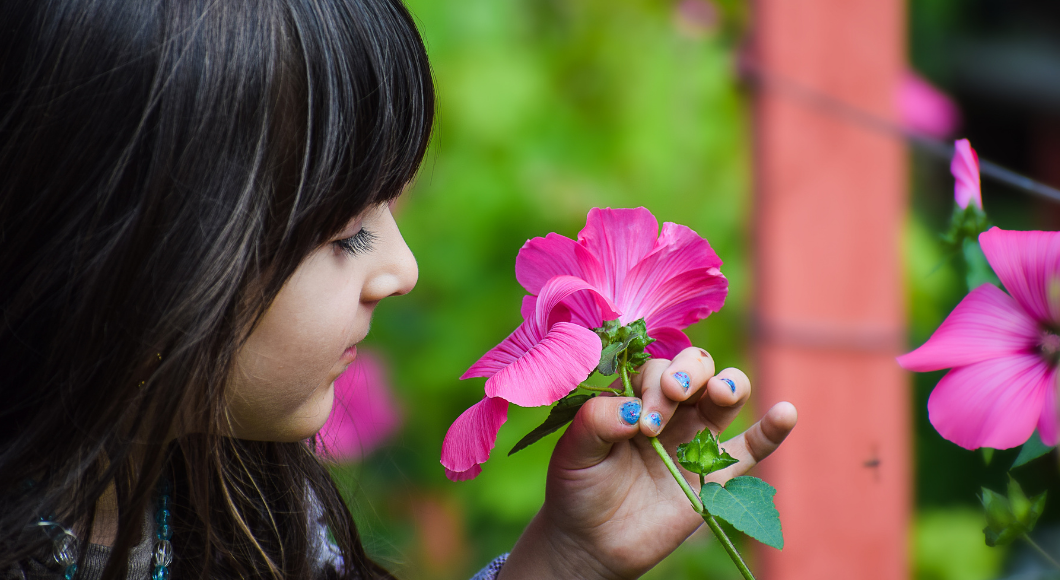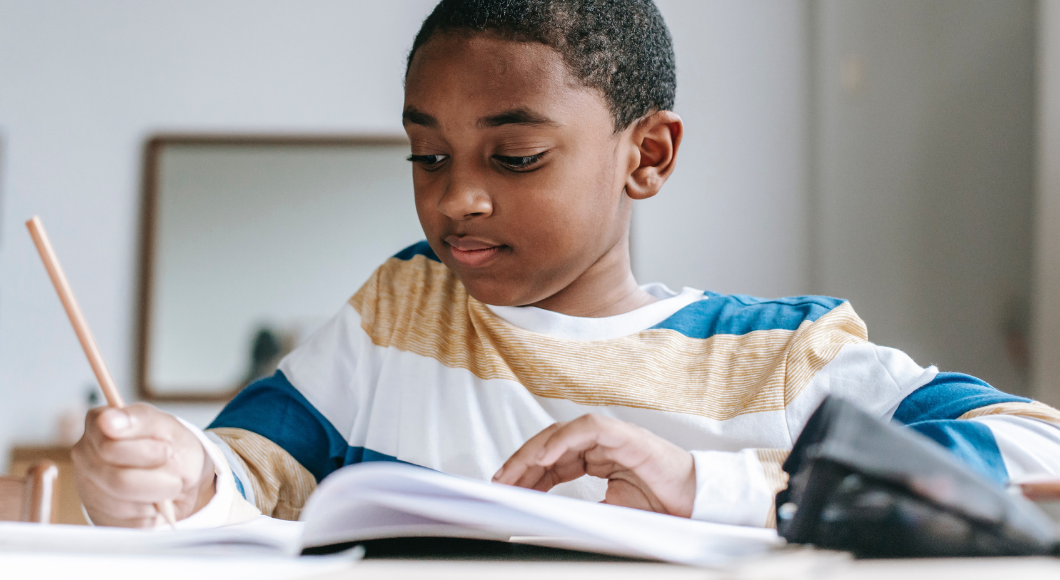
Life can be complicated. Emotions can be complex. And I think we can all agree, from the youngest to the young at heart, sometimes our emotions get the best of us.
Which is why it’s important to develop and practice mindfulness skills so that when we start to feel our emotional tidal wave building, we can choose the most appropriate response rather than get caught in the undertow.
Mindfulness Activities for Birth to Two Years
It’s never too early to start practicing mindfulness. No surprise that the brain is rapidly developing in the earliest years of life, which means developing these connections can have positive long-term impact.

1. Be aware of breathing. Hold one of your baby’s hands on your chest and hold the other hand on his or her chest. Now take deep breaths, inhale and exhale. Stay present in the moment and share thoughts about mindfulness or how you’re feeling with your baby. You can practice the same exercise with your toddler and encourage him or her to copy your movements as you place your hand over your heart.
2. Practice intentional listening. Play or create a calming sound for 30 to 60 seconds and watch as your baby takes in the noise. With toddlers, turn the down the sound so it has to be quiet in order to hear. Our senses are a great way to ground us when we start to drift away from the present moment.
3. Utilize a soothing sensory toy. Watch bubbles rise to the top or listen to beads fall to the bottom. Notice glitter settling or the tail of an animal recoil after a tug. Focusing on something right in front of us can help give temporary reprieve from the chaos around us. By giving undivided attention to one thing for a moment allows us to pause, catch our breath, and find our inner peace again.
Mindfulness Activities for Three to Seven Years
Even at an age filled with constant energy and play time, we can teach our children to find balance between experiences both outwardly and introspectively. Mindfulness is about exploring our state of mind while choosing to be kind and open with what we discover.
4. Encourage physical movement. Not all mindfulness techniques are done in a quiet, still manner. Encourage your child to take a mindfulness walk outside with you around the neighborhood and spend time listening to nature’s noises. Stop and smell any flowers along the way. Instead of the regular television programming, turn on a kid’s yoga video and support your child’s participation. Learning to incorporate mindfulness techniques into daily routine is a great way to build a sustainable practice. 
5. Count breaths. Voluntarily connecting to our breathing has benefits for every age and stage in becoming mindful. Designate a time each day to slow down and appreciate the body by bringing awareness to the inhale and exhale of our lungs. Start with a short amount of time and increase the length when needed. You may find five minutes starts to feel like five seconds. Get creative and have your child grab a favorite stuffed animal to place on his or her chest. Instruct your kiddo to watch the rise and fall with each breath.
6. Practice mindful eating. Going back to utilizing the five senses to teach us about celebrating the little things in life, try to practice mindful eating every once in a while. The purpose of this exercise is to savor food by eating it as slow as you can and recognizing the different tastes you start to experience. See who can eat the slowest while using the most words to describe the food. It is probably best to only do this with something small, like a piece of chocolate or else you might be at seated at the dinner table for a very long time.
Mindfulness Activities for 8+ Years
While I was watching the thought-provoking children’s movie Inside Out that addresses the core emotions within us, I remember wondering how situations might have unfolded differently had I understood that you can simultaneously feel polar opposite emotions. It helps to know you can feel disappointed something didn’t turn out the way you planned while feeling proud. Then take time to recognize the actions you took to get there. For older children, mindfulness activities can become more introspective as they learn to navigate personal emotions.

7. Take time to journal. Whether it’s every day or a couple times a week, journaling allows time for our brains to process thoughts and record them to act as a reference for the future. There are many different ways to journal, from a guided prompts, listing thoughts of gratitude ,or recounting the day’s experiences. What’s important is being consistent. Be respectful of your child’s journal, and encourage her or him to share what was written. Journals can be great insights to how our children are processing the world.
8. Create a perspective drawing. This is a great activity for when the weather too poor to play in. Have your child draw an everyday object from a different perspective. Perhaps an empty vase turned upside down, a trophy on its side, or shoes from the top. By concentrating on sketching objects from a different point of view, your child can learn to interpret real life situations and learning, which is a valuable life skill.
9. Expanding your vocabulary. Just as younger children rapidly increase their vocabulary to better communicate with us, our older children need to have access to emotional vocabulary words to best identify how they are feeling. A simple Internet search for “feelings wheel” will produce a multitude of options from which to choose. When we can accurately describe our feelings, we can take the appropriate next steps to address why we feel that way. Labeling our emotions gives us the power to choose how we want to respond.
As parents, family members, mentors, and teachers to our children, we can set the tone for how to handle life’s difficult situations by demonstrating our own mindfulness practice. Start by choosing one of these exercises and inviting your children to join you. Remember to show compassion and give grace as you learn to live in the present moment and watch the stress, worry, and distractions drift out to sea.
Be safe. Be kind. Be you.













